Post Covid Challenges: Antimicrobial Resistance
As many as 70% of patients with COVID-19 receive antimicrobials either in the outpatient or inpatient setting (ISARIC, 2020; Langford et al., 2021). This may favor the emergence of Antimicrobial Resistance (AMR).

70%
We have lived in a world where antibiotics have increased the lifespan of men and women for almost a hundred years. We now see a rise in AMRs due to the number of antibiotics given to Covid patients due to symptoms that resemble pneumonia or secondary co-infections which require antimicrobial treatment. Imagine living in a world where antibiotics have no effect.
“Currently, around the globe, we see around 700,000 deaths each year due to drug resistance from bacterial infections, malaria, HIV/AIDS, and tuberculosis. But by 2050, public health experts predict that that number is going to be estimated to be somewhere around 10 million deaths annually due to drug resistance. Ten million!”
That is a lot of lives lost, and within a short period —just 28 years. And to get to that number, the number of deaths will have to increase each year.
On average, in 1900, men’s life expectancy was only 46.3, and women’s was 48.3.
Are we heading back into the dark ages regarding infection control? Is it something we need to think about and take measures for the future? How can we take better steps to protect our children and grandchildren so they too can live in a world not bombarded by pandemics?

Post-antibiotic era/ antimicrobial resistance
The World Health Organization (WHO) believes that the decreasing effectiveness of antibiotics and other antimicrobial agents is a global problem. These problems stem from overuse in hospitals and agriculture to promote livestock growth.
When overuse happens, Gram-negative infections like Escherichia coli are not affected by carbapenem drugs.
Two years ago, a bug bit my husband on the leg. He was 41 years old. The tiny bug bite continuously began to get worse, and eventually, he ended up in the hospital with a pretty bad infection. The doctor drained the infection, gave him an antibiotic, and told him he was lucky to be okay.
I remember my husband saying, “If I lived during the time they did not have antibiotics, I could be fighting for my life.” I never considered this could happen. Not in my lifetime. Well, if a post-antibiotic era is in the near future, or as some would say, is already here, what my husband mentioned that day could be a reality for us all.
Life as we know it will drastically change. Routine surgery and chemotherapy will be considered too dangerous if we do not make the necessary changes to prevent antimicrobial resistance. New antibiotics must be developed, and proper disinfection must continue to combat what could be a public health catastrophe for our future generations.
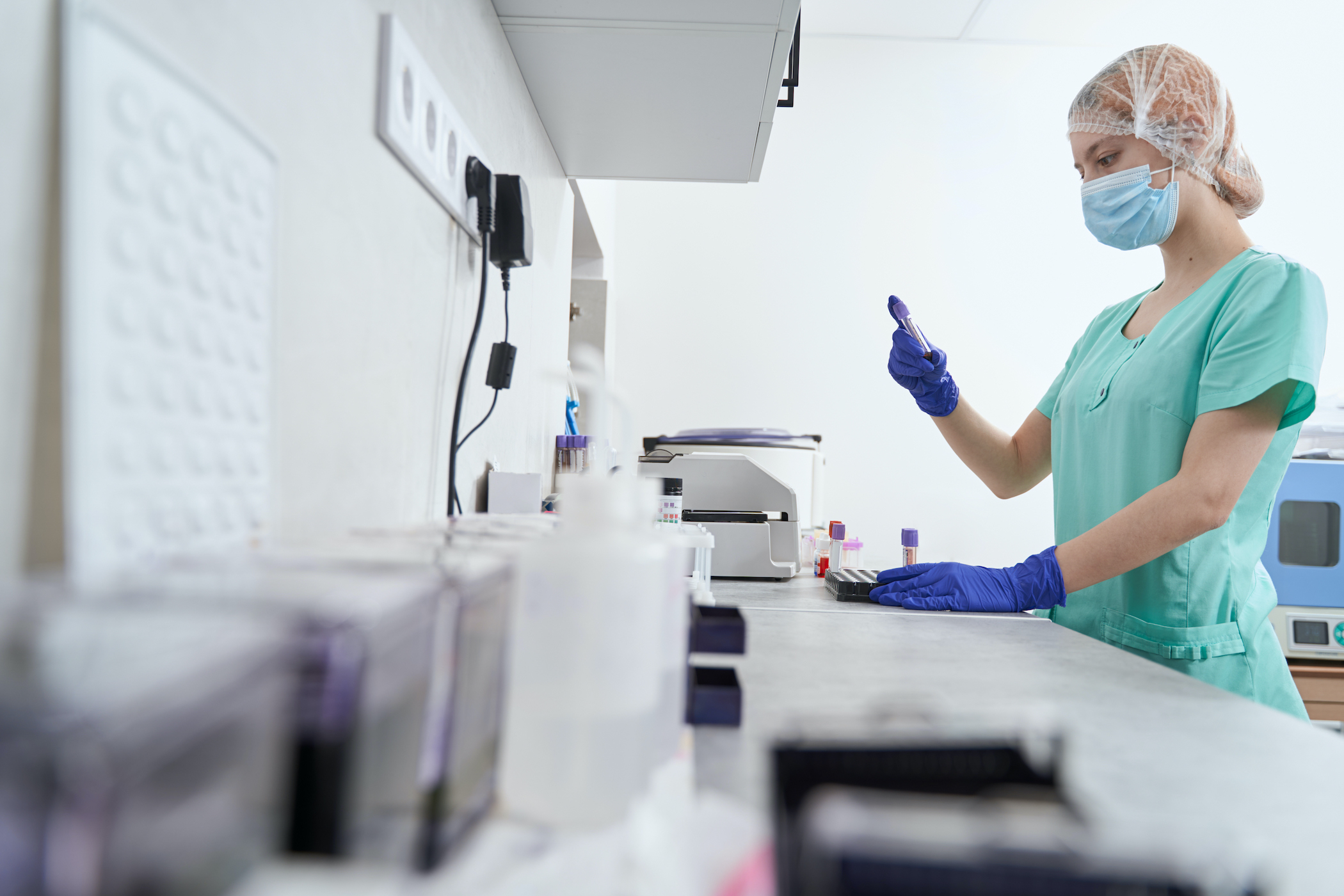
However, what is life without hope? I believe there is always hope; we just need to be the ones to see it and take action. Our hospitals and the world can help reduce the chances of a post-antibiotic era. We just need to continue implementing protocols that help prevent and control infections and use innovative solutions like ATP and verified safe solutions to show medical facilities are safe.
2 Ways hospitals can prevent or reduce the chances of a post-antibiotic era:
Prescribing fewer antibiotics
Soldiers received the first doses of penicillin in 1943, saving many lives in WWII.
A great discovery, but did we receive this great invention at a cost.
Sir Alexander Fleming, who discovered penicillin, warned us…
“It is not difficult to make microbes resistant to penicillin in the laboratory by exposing them to concentrations not sufficient to kill them… There is the danger that the ignorant man may easily underdose himself and by exposing his microbes to non-lethal quantities of the drug make them resistant.”
Flemings worried that the antibiotic would be misused and speed up the process of microbes resisting it. Fleming’s prediction was correct. Now Medical professionals are trying to reduce the chances of a post-antibiotic era by reducing antibiotic prescriptions for conditions that do not require or benefit from them.
Prevent Infection – Propagate the use of Innovation/Technology that can keep people safe (Non-Toxic disinfectant(s) & VerifiedSAFE™ environments and reporting)
Hospital Acquired Infections (HAIs) have increased by 36% in the last 20 years. Over 2 million people suffer from HAIs annually. This rise in number is why companies like DisinfectWell can likely change the grim outlook of our future generations, starting in hospitals and clinics.
Proper environmental disinfection plays a significant role in preventing infectious diseases from transmitting to patients and medical staff. Our future depends on having solutions that test and demonstrate the efficacy of disinfectants on surfaces and in the air. Safe by design, DisinfectWell’s comprehensive infection prevention solution focuses on what matters most in healthcare -people.
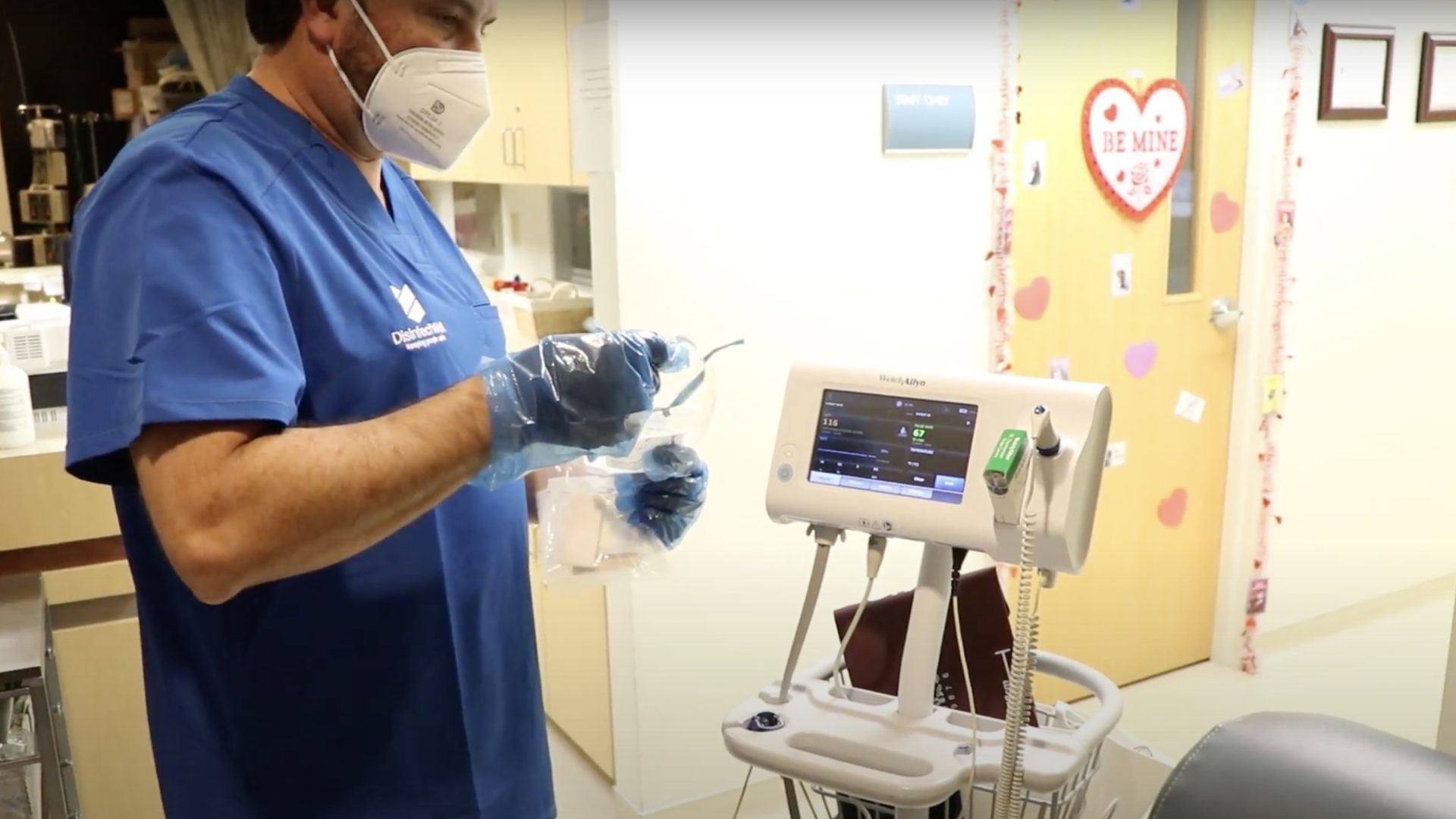

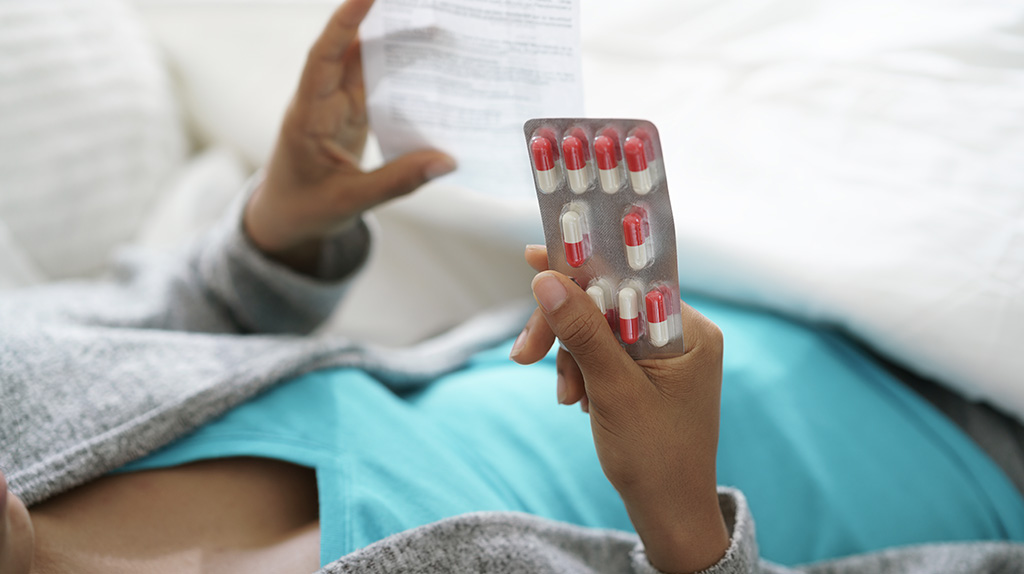
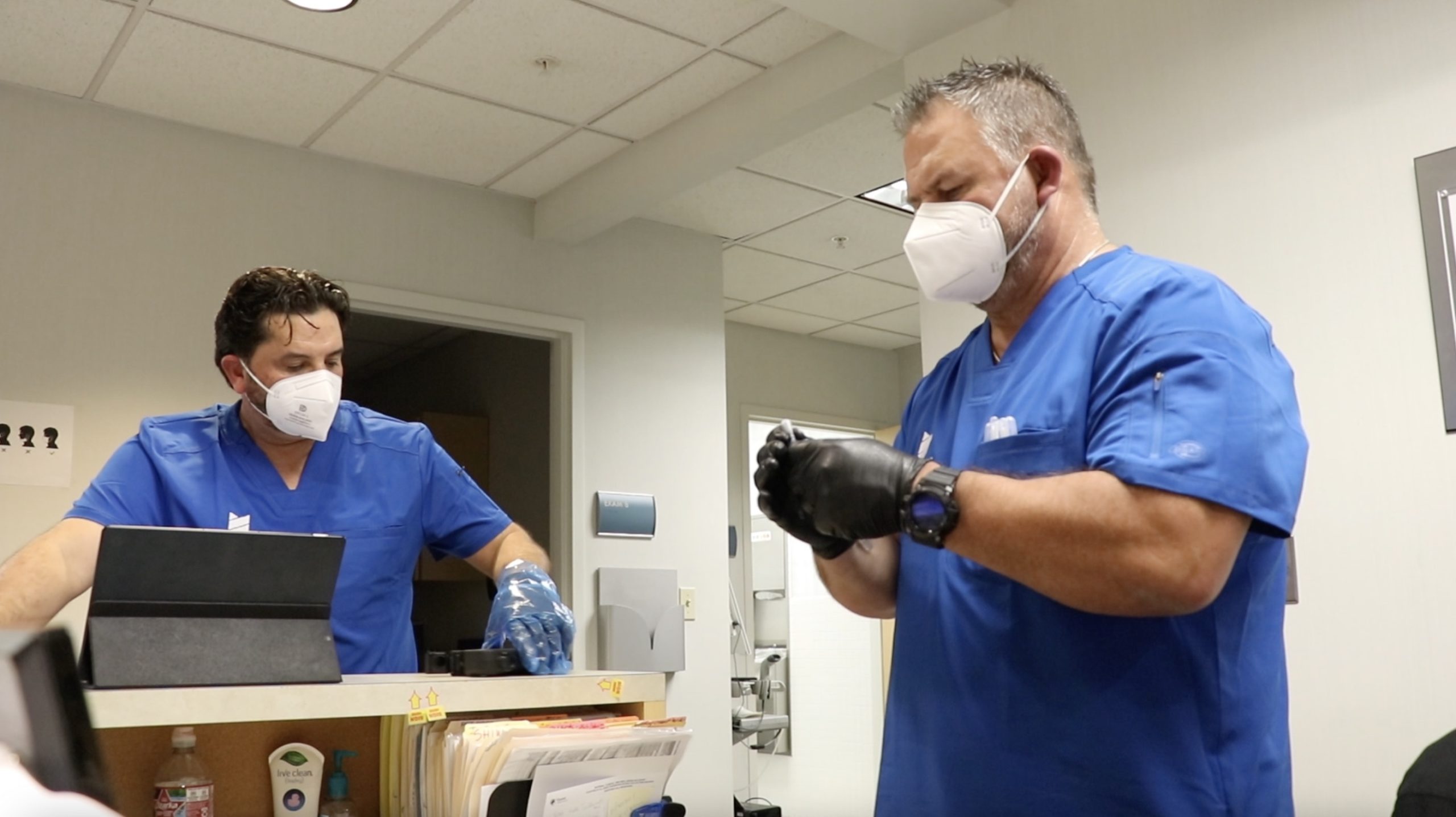

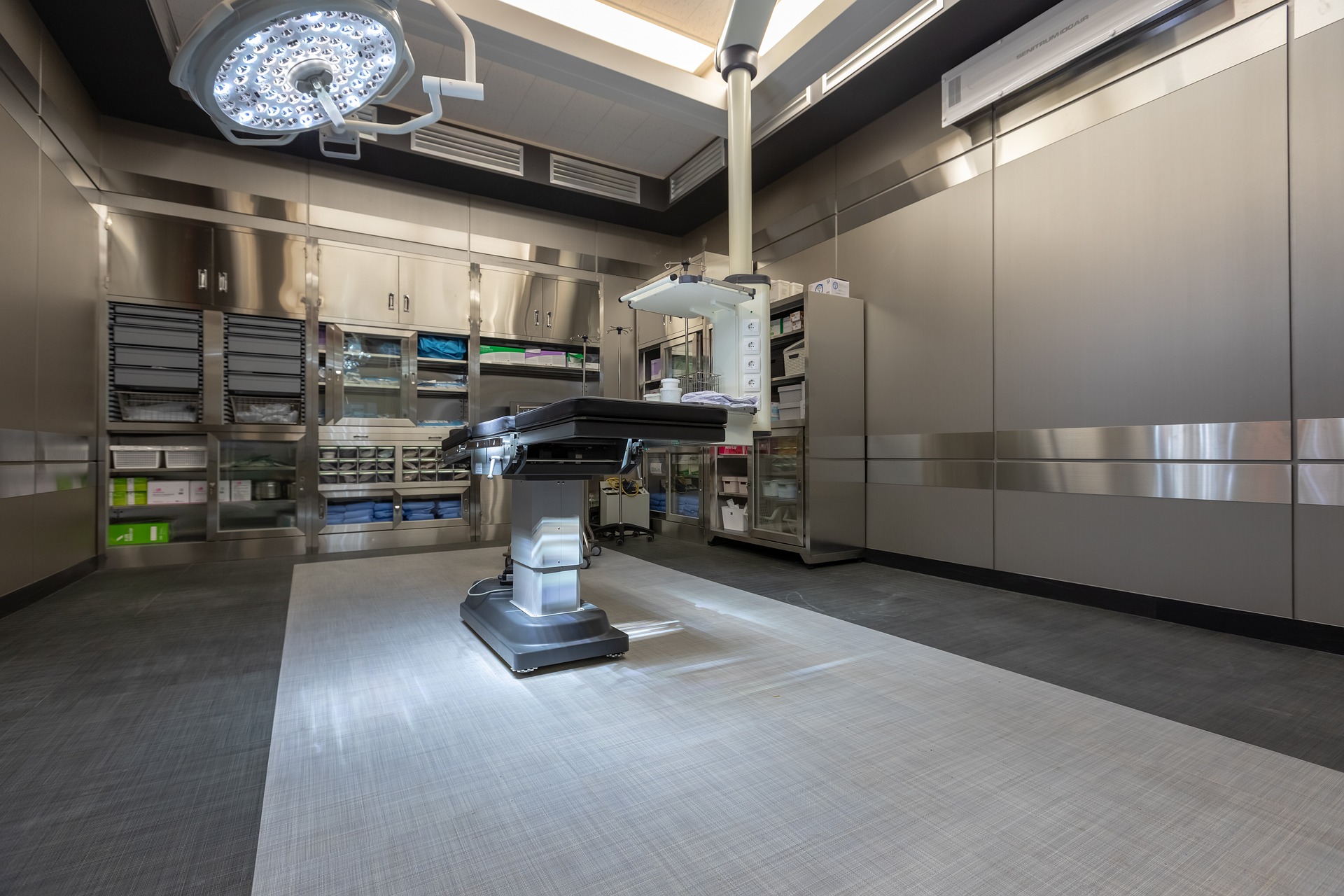

"https://x.com/rayanwebb/status/1740571631867830311?s=20
It’s hard to find knowledgeable people in this particular subject, however, you seem like you know what you’re
talking about! Thanks
My web-site; “https://twitter.com/Podi_19/status/1735269552362279006?s=20